Help garden wildlife by keeping autumn leaves
Autumn leaves are part of the natural cycle that increases soil nutrition, wildlife habitat and drought resistance
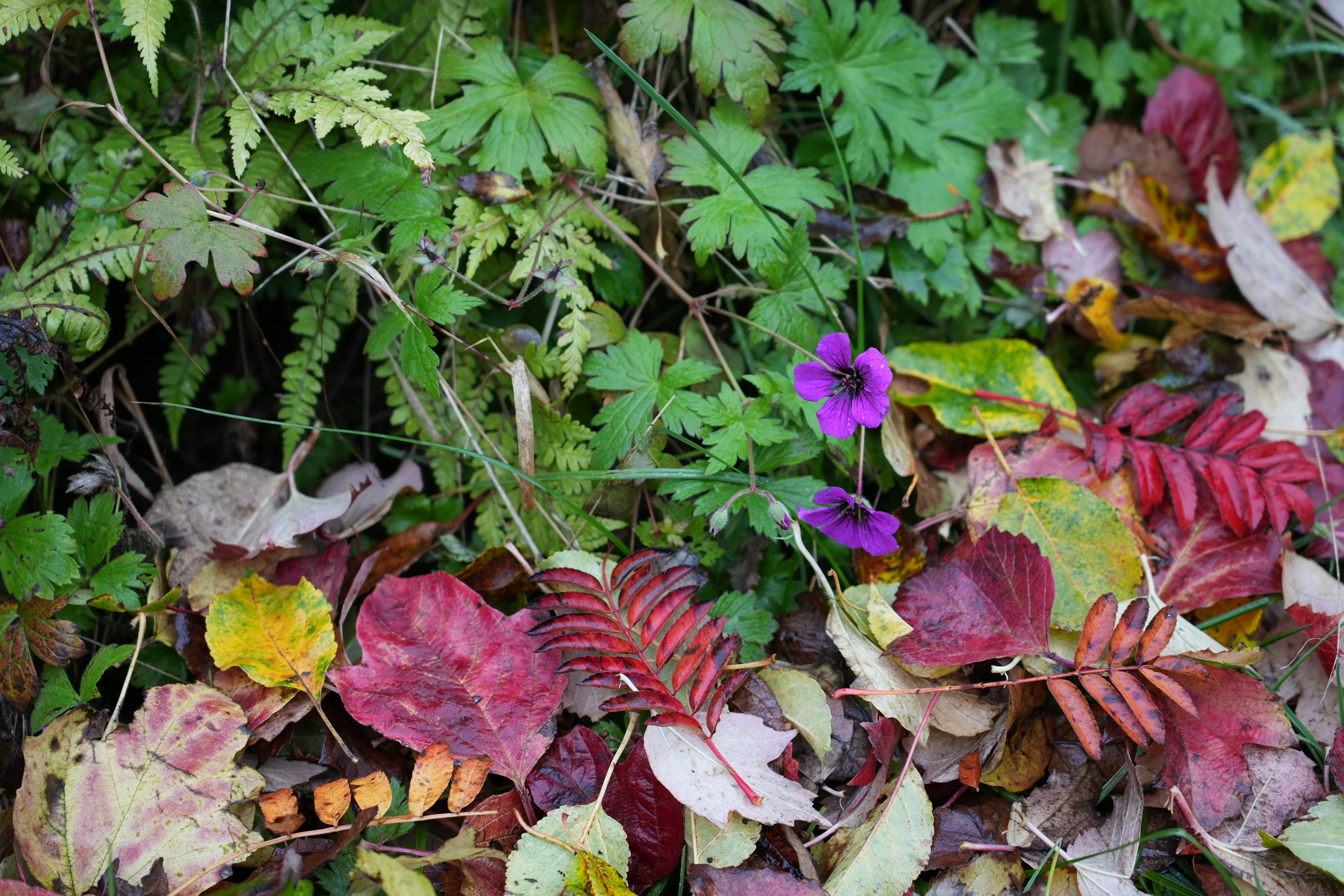
As a child we were taken on walks in Wendover Woods near our countryside home in southern England to run through dried brown autumn leaves. Kicking them and throwing them in the air. Is that why I’ve always thought about them differently?
When I wrote the importance and benefits of leaving fallen leaves around plants it was out of frustration or despair that people were being advised to clear up fallen leaves to “prevent pests and disease”. Today I’m glad and relieved to see that everywhere is following the advice set out in that article and subsequently my book A Greener Life. Shared and read by tens of thousands of people globally, that article and book changed the narrative and that is a game changer for wildlife. Not to mention making gardeners’ lives easier and more fulfilling! It just goes to show that with clear and reasoned explanation, it is possible to change things for the better.
The old myth was that fallen leaves create habitat for slugs and disease such as fungi that would harm precious garden plants. While it’s true that fallen leaves are full of slugs, snails and fungi, my frustration was that fallen leaves and wildlife in them are beneficial, not a problem. By being advised to clear up fallen leaves gardeners were interrupting the wild way of keeping natural ecosystems healthy and actually making their gardens harder to look after.
1) Nature’s nutrient rich compost maker
In the wild no one fertilises or mulches plants, and yet they thrive, why? That is the key question I have pondered since I was a five year old boy in the Chiltern Hills. How are natural ecosystems self-sustaining?
Fallen leaves are a vital part of the answer. Soils around the world are largely made up of both mineral particles from weathered stone and organic matter from plants, fungi and animals. Plant roots often use a mix of both in the form of microscopic particles they can absorb with water. However plants grow happily in only decomposed organic matter, which is why peat free compost is so good for plants in pots.
Mineral soils break down through the process of weathering, which is when water, ice or biological organisms (such as lichen and moss) break away particles of rock. Organic soil components are made of dead plant, animal, fungi and other biological organisms or their waste, such as poo.
That organic part is exactly the same as peat-free composts. It is this that constantly tops up soils in the wild to keep ecosystems growing and thriving. Farmers see the problems caused by removing fallen leaves from soils on a larger scale. Industrial practices annihilate soil life as farmers are having to spend billions on inorganic fertilisers to make up for the natural loss of organic matter on large fields of crops. For instance, the removal of trees and hedgerows to make fields bigger, also removes a natural source of organic matter from their fallen leaves.
As most gardeners know, for soils to remain nutritious enough for plant growth, it requires a fair amount of organic matter each year - about 2-3cm - and in the wild, leaves produce the bulk of that material.
2) Habitat and food for thousands of species
I had seen as a child in the wild that leaves clearly weren’t the problem, they were the solution. Fallen leaves in autumn were obviously a critical part of natural cycles.
As a boy, when my tiny hands moved those papery dry leaves to expose damper leaves below, I saw the slugs and snails, centipedes and earwigs, beetles and worms. I watched as worms pulled leaves down into their burrows to eat. With my own eyes I watched as the papery brown leaves became thinner, deteriorating to skeletons before disappearing entirely over the winter months.
I was lucky to be taught at that young age that worms eat the leaves and their poo binds the soil and feeds the plants. In a corner of my bedroom in our tiny thatched cottage I poured over a Kew botany book and explored the topic by torch light late into the night. Myriad species are detritivores, eating dead material - the detritus - to break it down. Many slugs don’t or rarely eat living leaves.
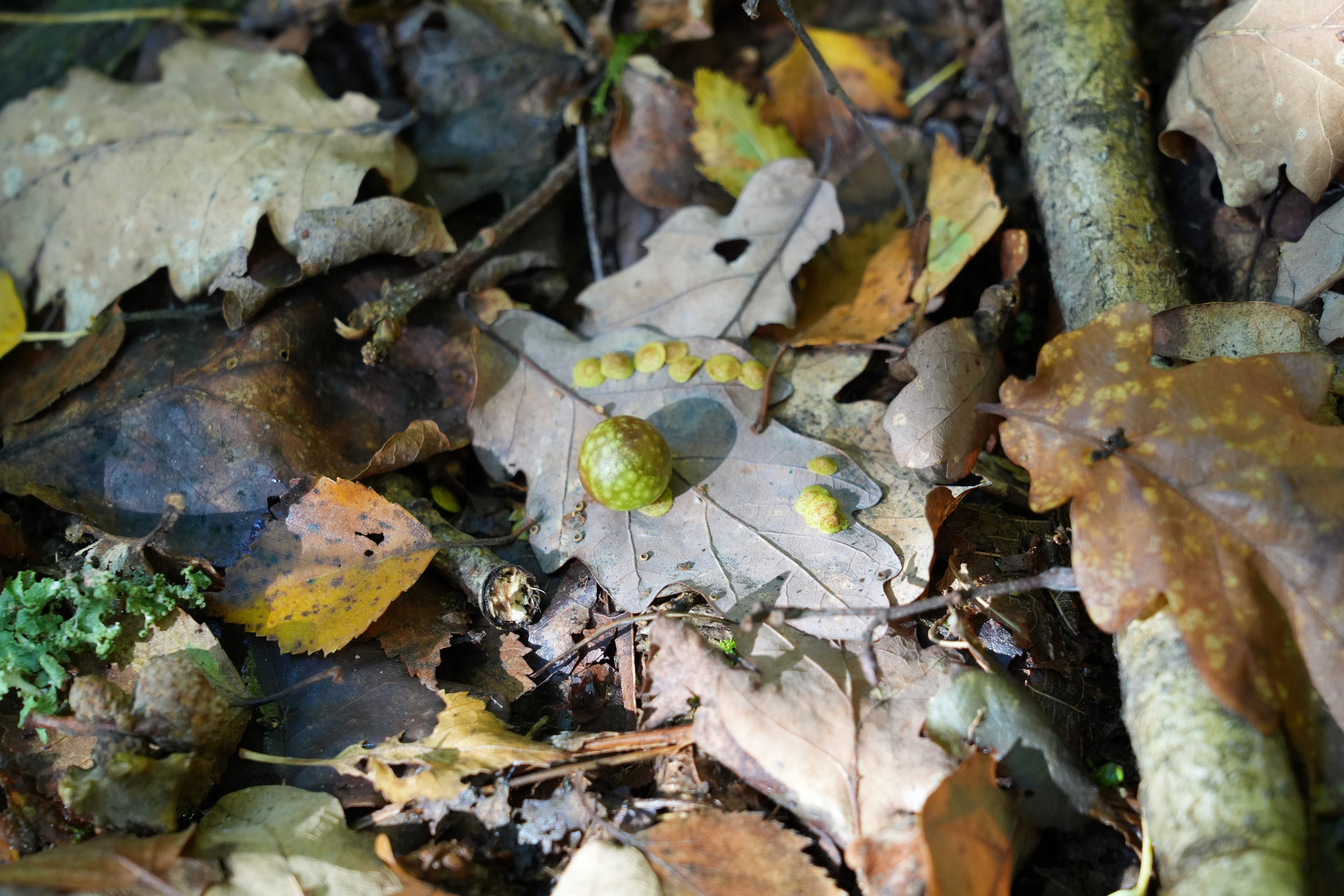
Now, as a professional gardener and writer I can encourage everyone to keep the fallen leaves in their planting areas. Those leaves are the mulch that power a well balanced garden ecosystem. With enough fallen leaves you’ll be well on your way to a self-sustaining and regenerative garden.
Wildlife that we were told again and again by the horticulture industry were a problem - especially fungi and slugs - are actually the very organisms that break down fallen leaves. Decomposition is the process of dead organic matter being broken down by bacteria, fungi and insects. Remove the leaves, we remove the food reducing their number, so when leaves did fall and weren’t cleared, they stick around longer. Let the wild way take its course and a healthy ecosystem will decompose the leaves faster.
Frogs and toads spend a lot of their time sheltered under fallen leaves where it is damp and there is lots of food for them: slugs and snails. I watch blackbirds patrol our fallen leaves, flipping them over looking for the same tasty morsels. While making a cup of tea half way through writing this article I watched a song thrush burst out of some leaves holding a snail before tapping it on our stone path. Hedgehogs hibernate under hedges and shrubs snuggled into fallen leaves.
3) Fallen leaves make gardeners’ lives easier, not harder
With the right number of autumn leaves, you need never mulch your garden again.
You will also establish a balanced ecosystem that controls the insects that might nibble your vegetables or favourite plants. Fallen leaves are the habitat not of garden pests, but of the very hero wildlife that eat problematic insects in their thousands. Remove fallen leaves and you remove the solution to some of your gardening challenges.
We live in West Yorkshire, one of the wettest parts of the country. Slugs and snails are not a problem because we let them be. With lots of slugs and snails, we have healthy populations of frogs, toads, beetles, centipedes, song thrush, mistle thrush, wrens, robins, blackbirds and others that keep them in check.
4) Add more fallen leaves!
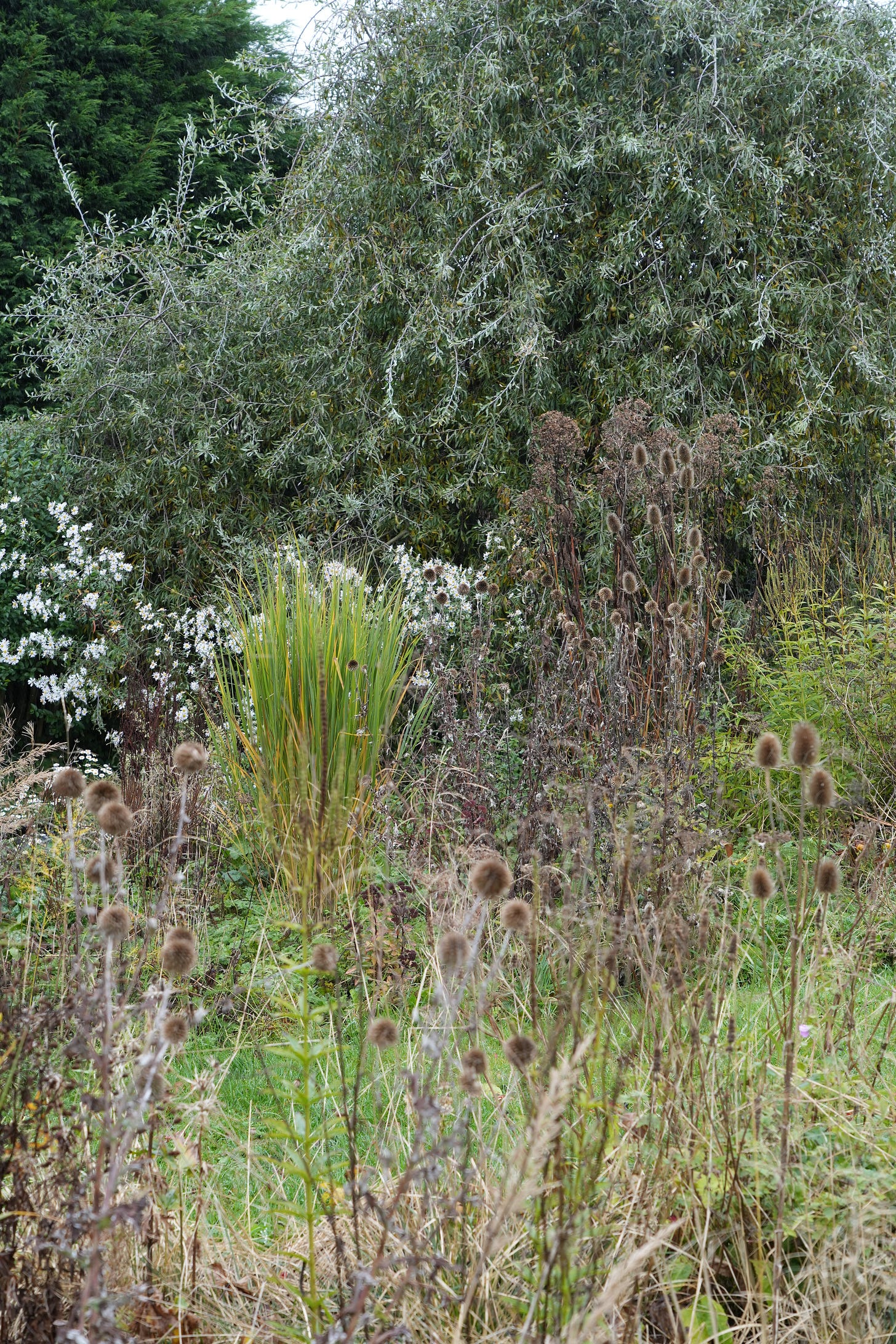
I’ve observed that beneath our established ornamental pear tree, the amount of fallen leaves in autumn is significantly greater than elsewhere and the growth of perennials I’ve dotted around the garden in different spots is much more vigorous in this spot. The leaves are powering the plants.
I want more fallen leaves in our garden to feed the wildlife and plants that I love. You can plan your garden to have more leaves by adding a few deciduous trees and shrubs. In our garden we’re lucky to already have many, and I’ve topped these up with three crab apple trees, three witch hazel and a few shrubs at strategic points to increase autumn leaves in areas with lower quantities.
Guelder rose has fantastic orange-red autumn colour with leaves that decompose quickly. I’ll cover more small garden size trees and shrubs with stunning autumn colour with you over the coming year.
5) Fallen leaves are key to water resilience
Decomposed organic matter in soil does many important things in regard to water, the key to life. Firstly, decomposed organic matter acts like a sponge, locking in water helping to prevent run—off and acting like a water battery for plant roots during times of dry weather. Paradoxically, decomposed organic matter also helps open up mineral soils to increase air pockets to help the soils become free draining. This doesn’t mean the water runs off, it means it can move around the organic sponge, preventing water-logging and compaction.
Another key way in which fallen leaves help water resilience is that like a compost mulch, they lock water in beneath them. Each autumn the leaves fall, they decompose through winter and the rest of the year. Creating a dense, organic matter rich top layer. Any undecomposed leaves on the top of the soil add to this layering. These layers all trap water into soils helping retain it through spring and summer.
6) Fallen leaves are easy to clear when needed
It’s true that on patios and paths fallen leaves in autumn can become slippery. If they don’t blow off in the wind themselves, it’s easy to kick or brush them into planting areas adding to the mulch.
We have a grass path and leaves from our trees fall onto this. These are quickly eaten or decompose without major issue, feeding our lawn. However, if you have so many autumn leaves they are blocking light to the grass and other plants, it can be best to remove them.
To do this I either kick or rake them off the grass into planting areas or mow them on a high setting using a mower with a collection box. You can do this on drives and patios, removing the need for noisy leaf blowers - or just use a broom! Mowing fallen leaves is like hoovering and the resulting chopped up leaves can be chucked around plants as a mulch, or added to a compost heap or a separate pile of only fallen leaves to make a fine compost for spring called leaf mould. Leaf mould is great for seedlings or mixing into homemade compost.
Do you love fallen leaves in autumn as much as me? Share your thoughts and experiences in the comments below.
Start planning your garden for 2026…
Wild Way garden design guide
Fulfil your potential as a gardener with easy to follow advanced garden design guides using the Wild Way’s new nature-led plant community techniques. Suitable for beginners and more experienced gardeners learning new methods.
Silene flos-cuculi | ragged robin
Ragged robin is one of my favourite perennial plants. Flowering from May to August with delicate, finely divided petals in a strong pink held on tall thin stems above narrow smooth and lush leaves. That ragged appearance to me is as contemporary a style icon as flowers come.
12 Asters tested for naturalistic gardens
Asters are incredible late-season flowers that are back in fashion thanks to an influx of new cultivars with contemporary style and more colours. Plus of course, the recognition that little else flowers as late in the season as these largely North American daisies.


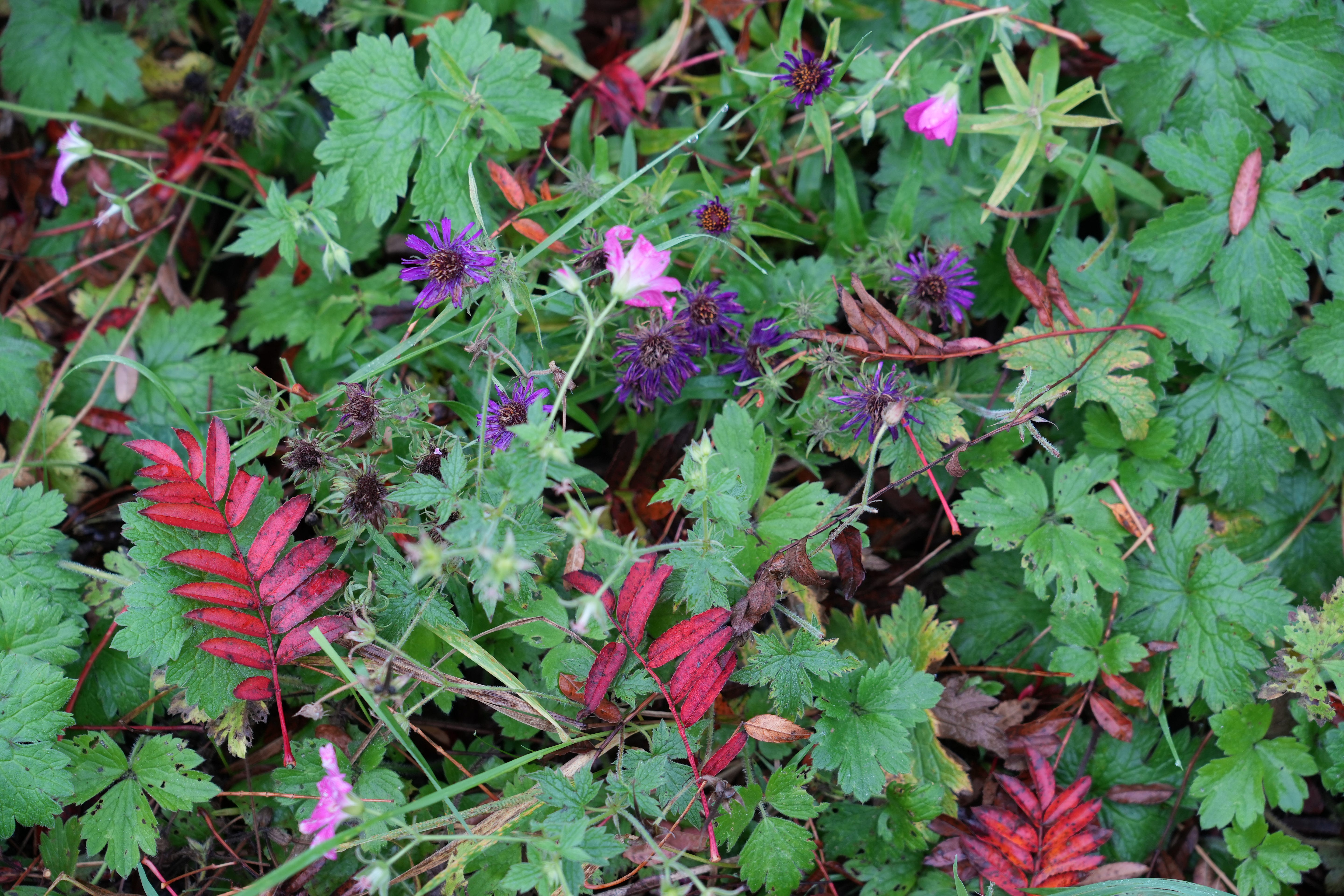
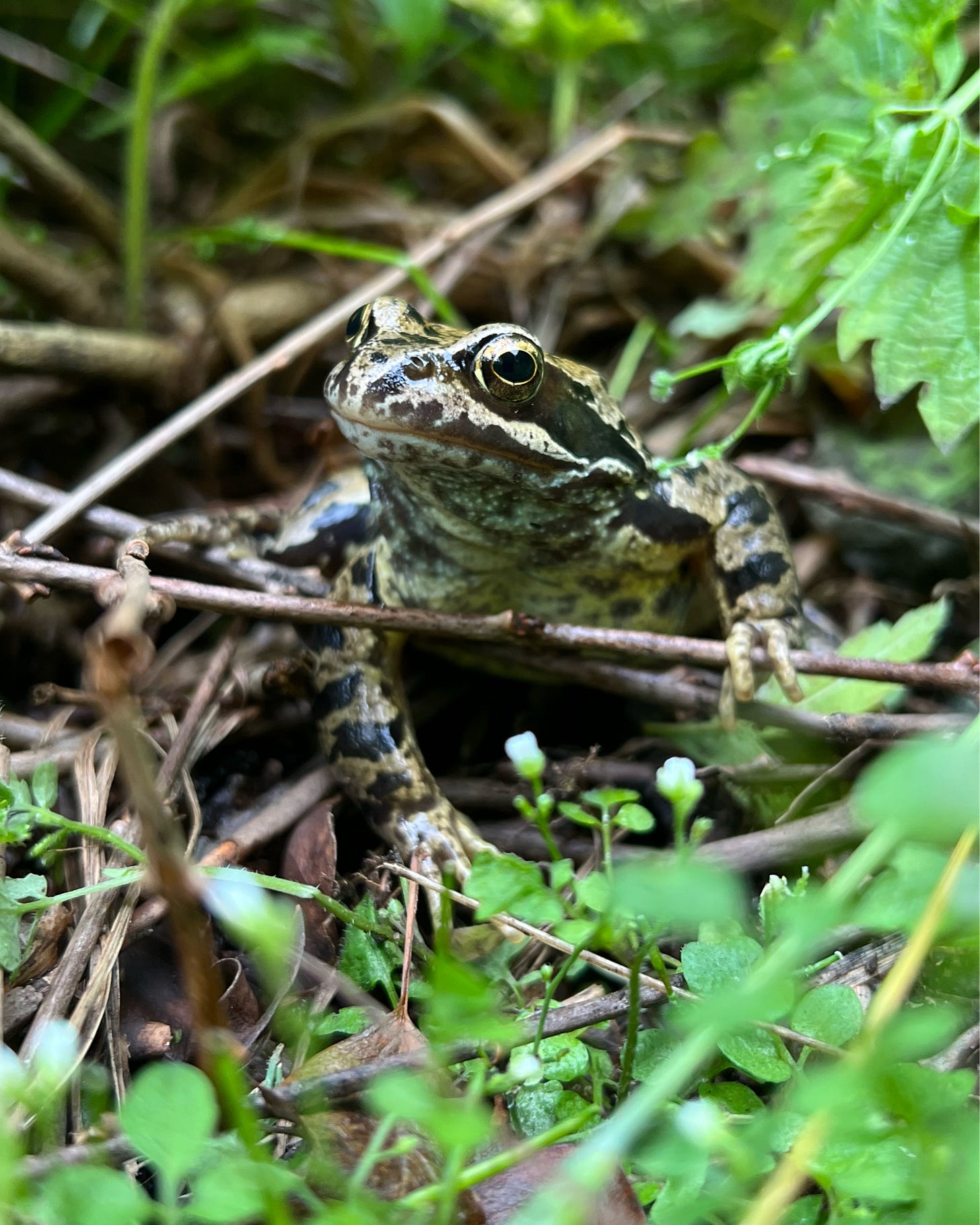
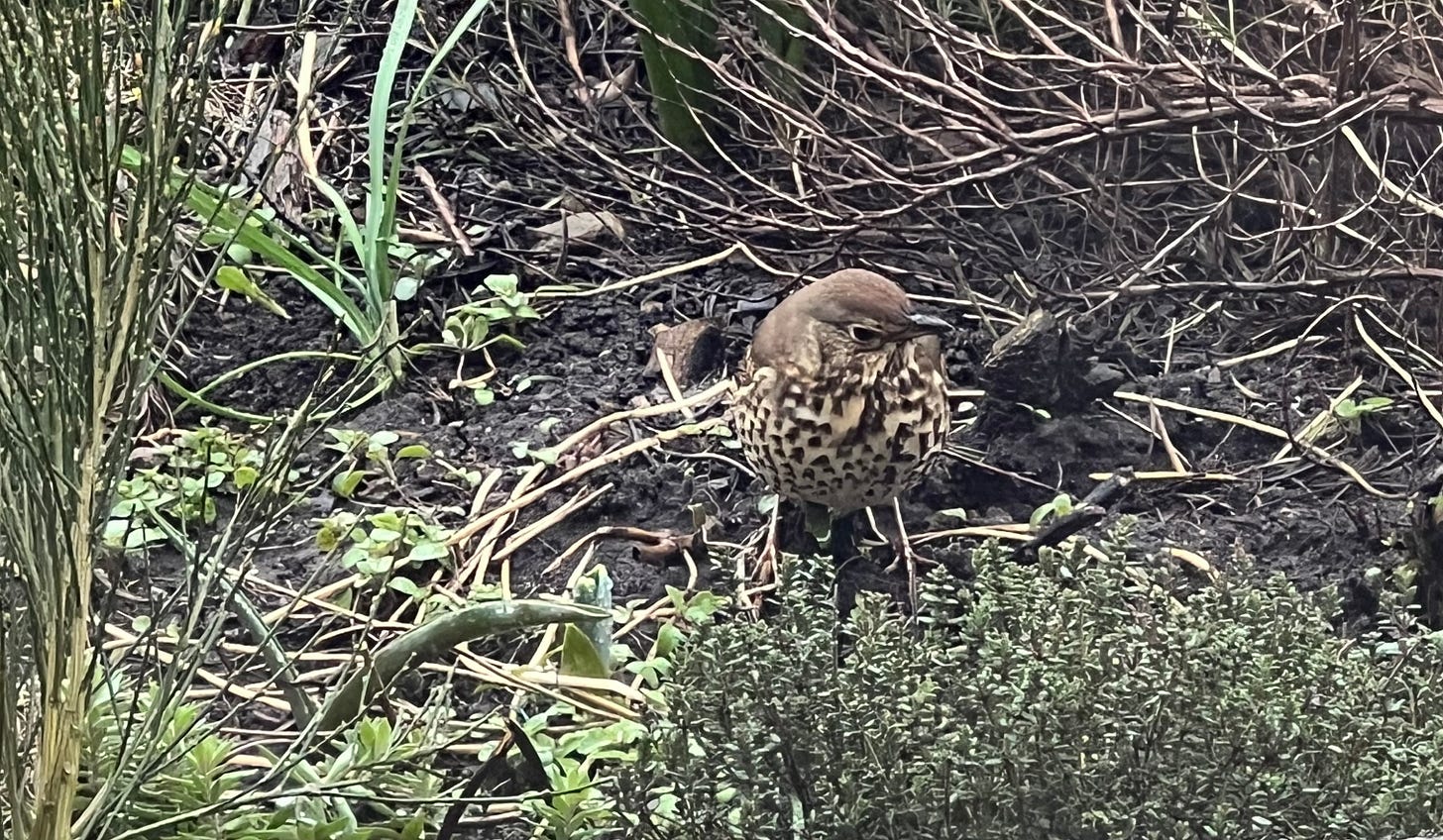
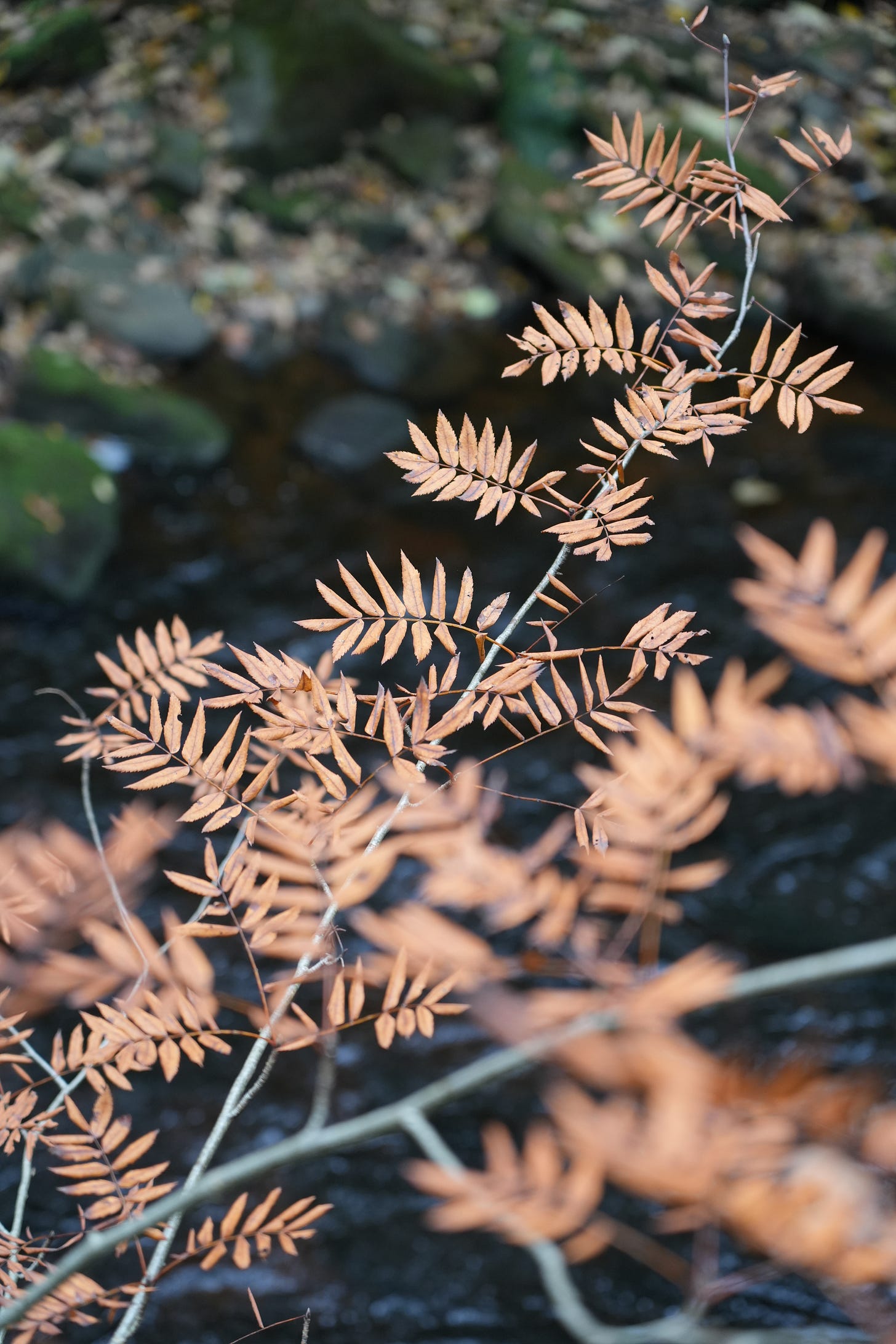
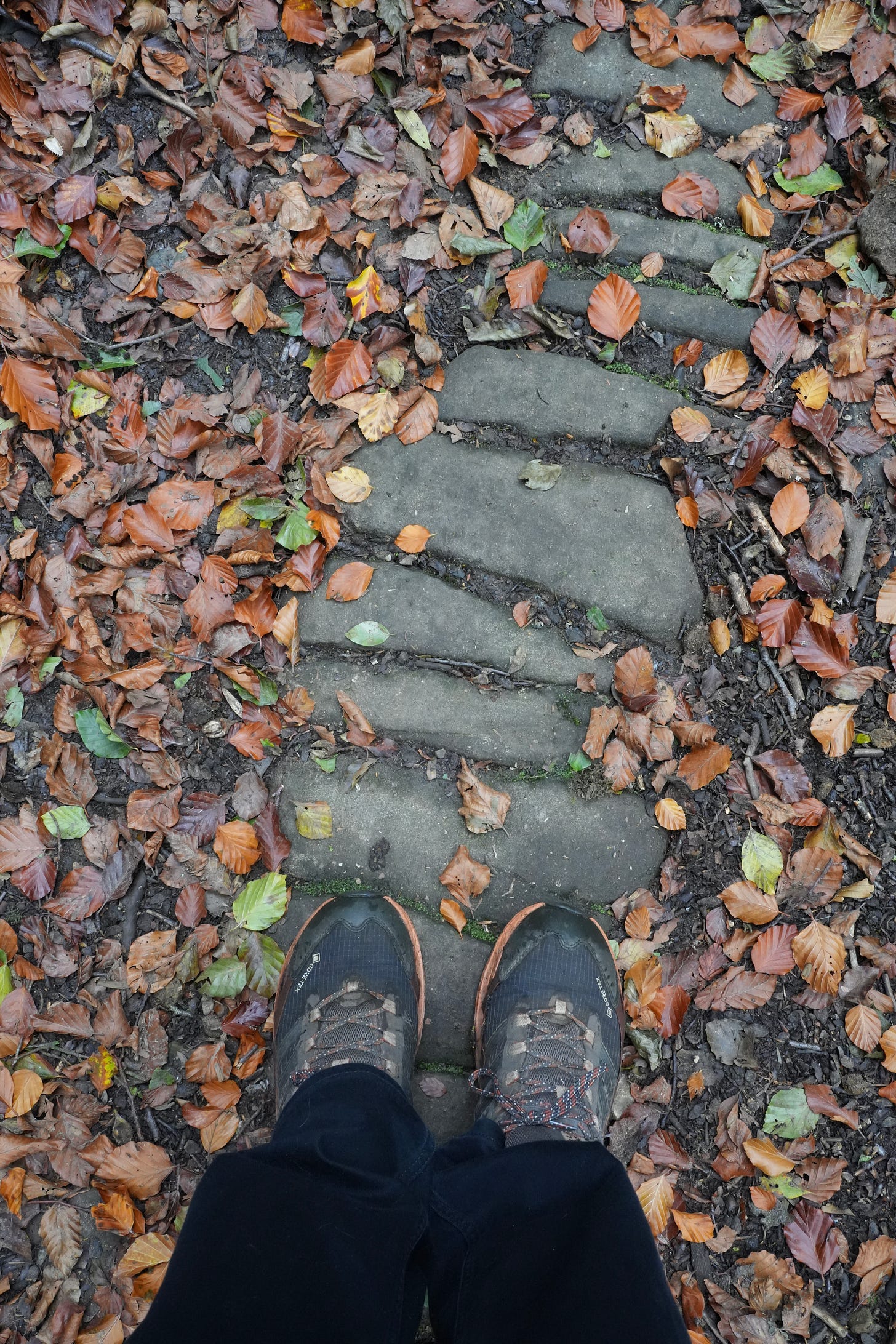
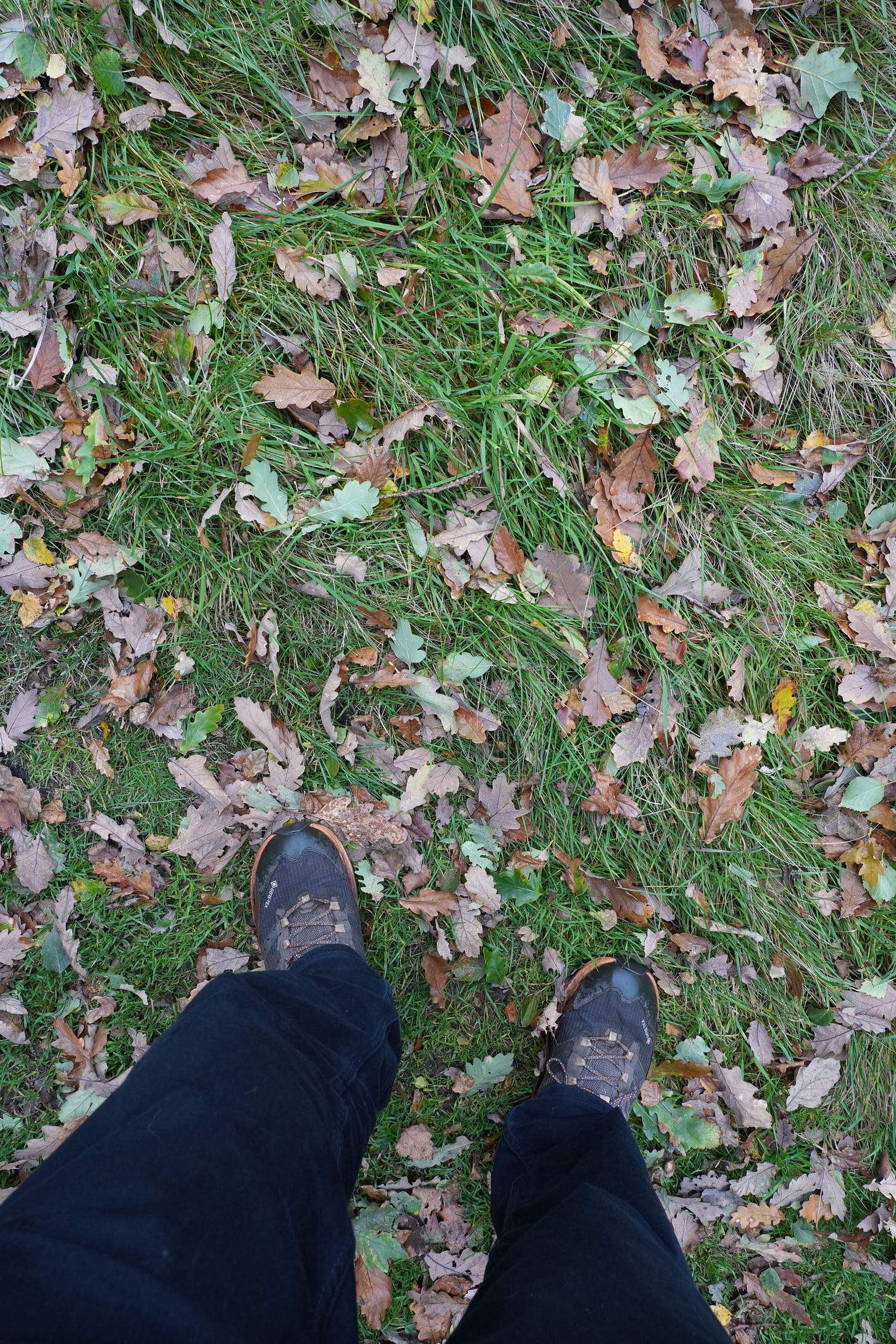

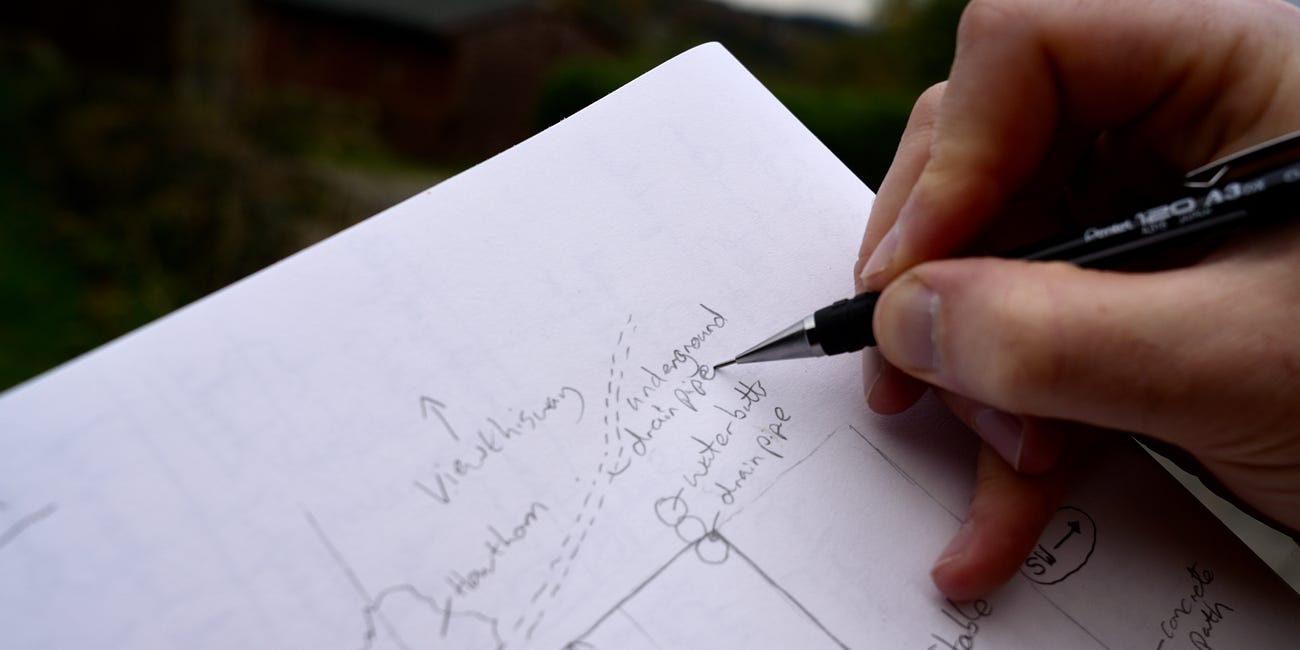
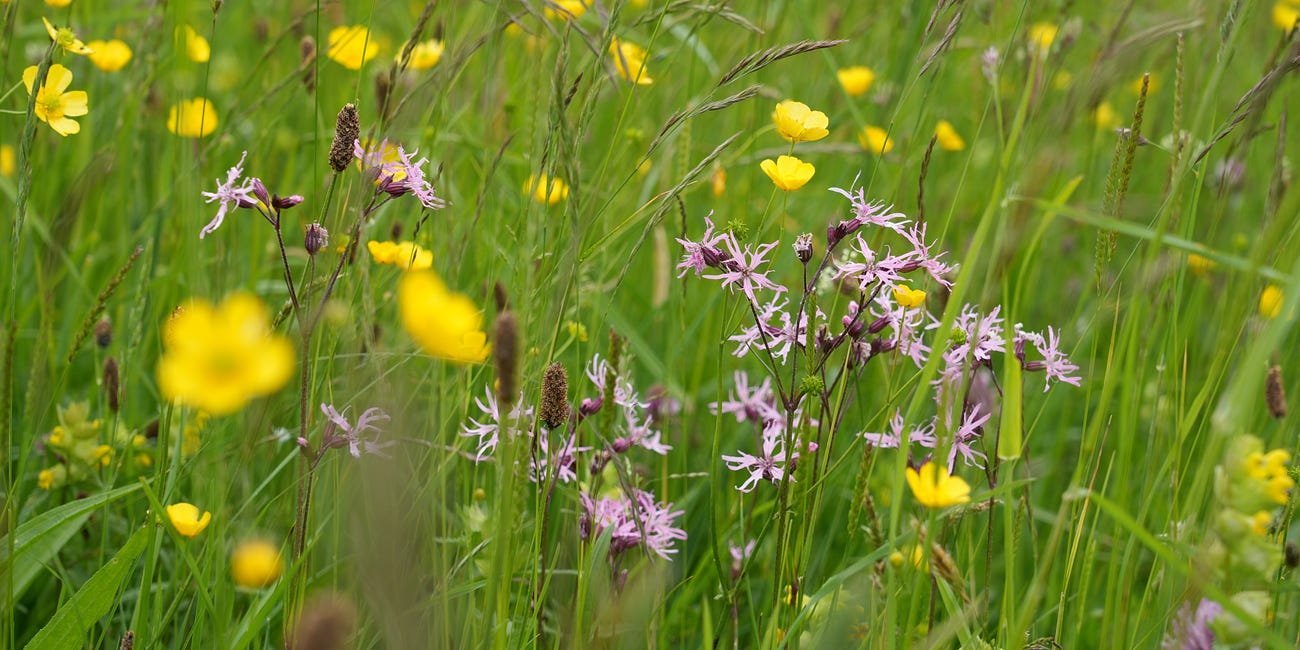
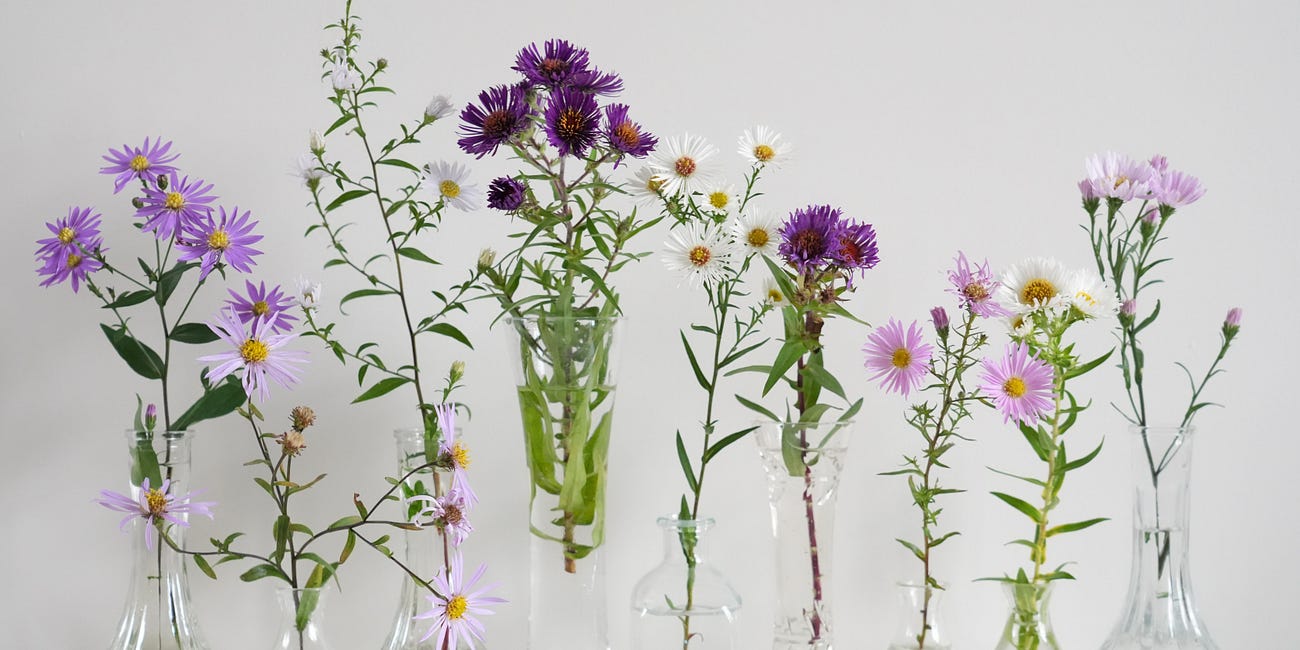
Sensible and down to earth advice, good to help people understand the natural world is circular and we need to be more hands off and let nature do it’s own thing. It worries me to see people clearing up and working against nature instead of embracing it.
I wish everyone would adopt this advice, and I would happily fire every leaf blower in existence into the sun, they're one of mankind's worst inventions.